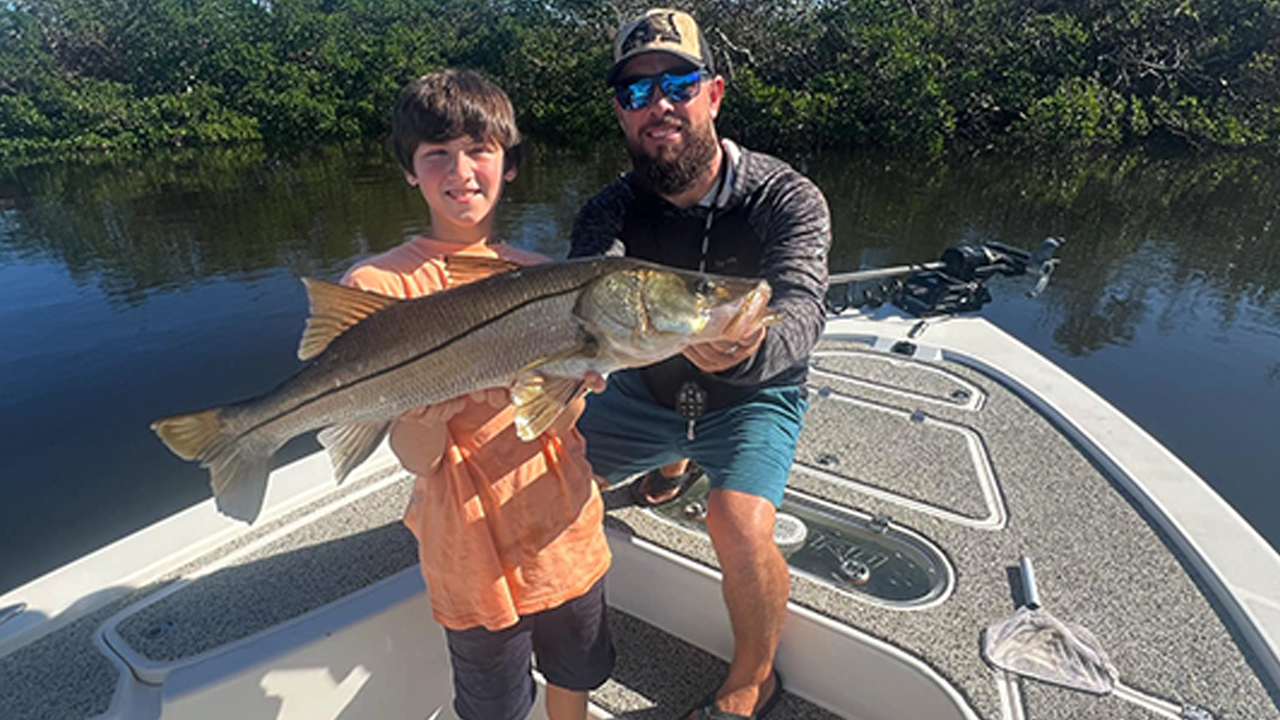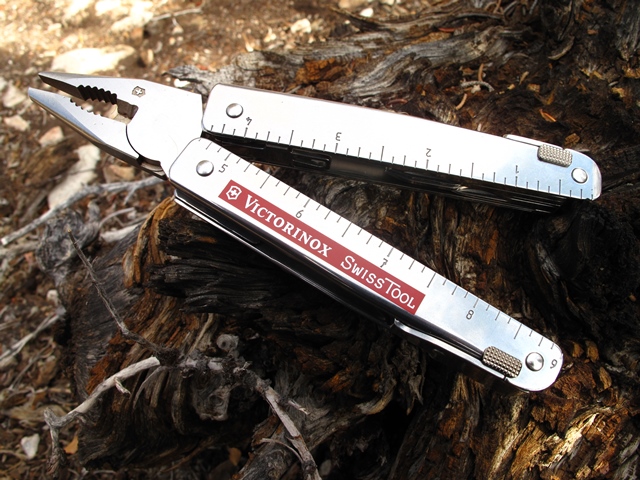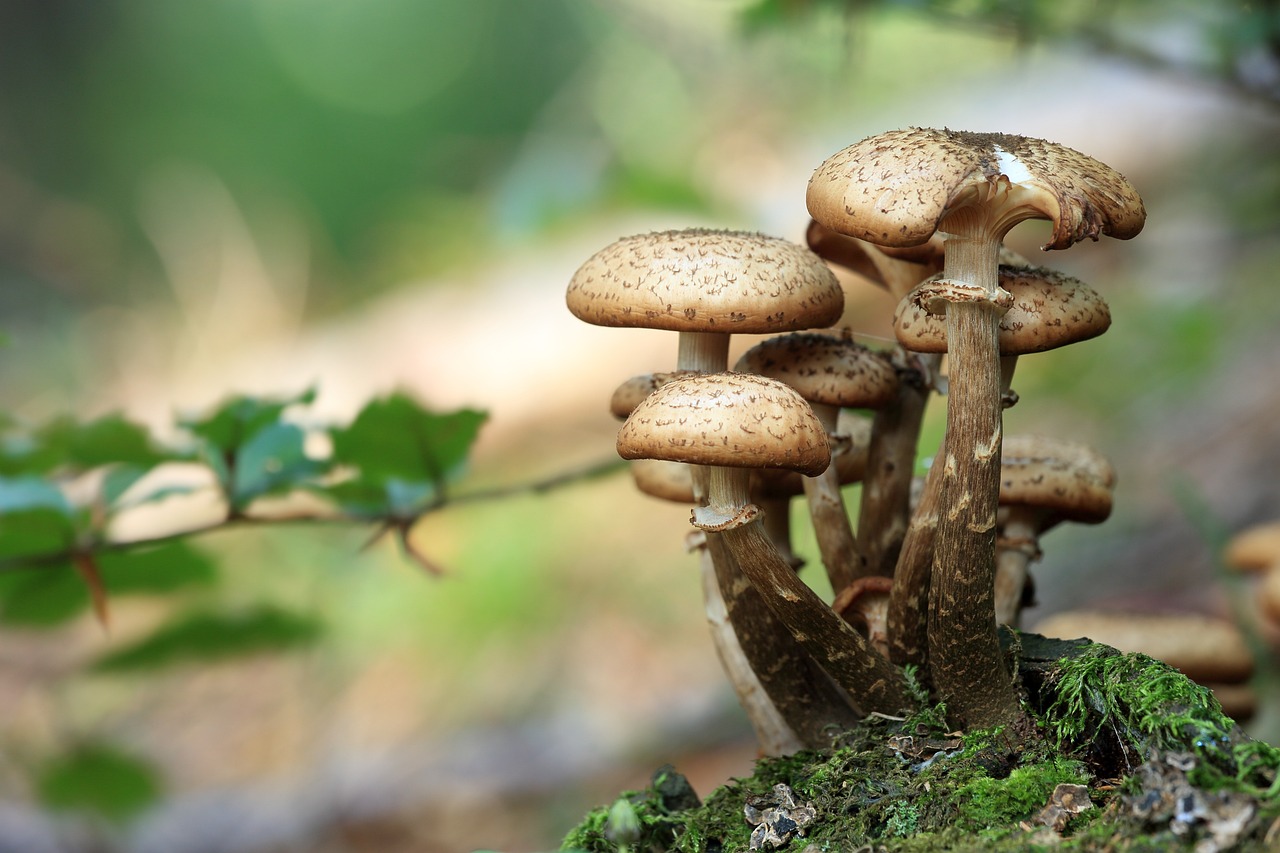Here we are again with a few more survival myths, this time concerning food and water. The first round can be found here. This time, we’re concentrating on ones that involve food and water. No particular reason, that’s just how it shook out as we assembled the list.
Survival Myth #1 – Forage Mushrooms for Survival Food
There are a couple of reasons why foraging for mushrooms isn’t wise when you’re in survival mode. First, there are a lot of toxic lookalikes in the fungi world, so you really need to be on top of your game when it comes to identifying the good ones. As the saying goes, all mushrooms are edible once, some are edible more than once.
But even if you’re absolutely certain that the mushroom in front of you is safe to eat, it might end up doing more harm than good. Mushrooms are a low-calorie food, so much so that your body may burn more calories digesting them than it will derive from them. Calories are the fuel that runs our body and in a true survival situation, we want as many as possible.
Survival Myth #2 – Ration Water When You’re Low on Supply
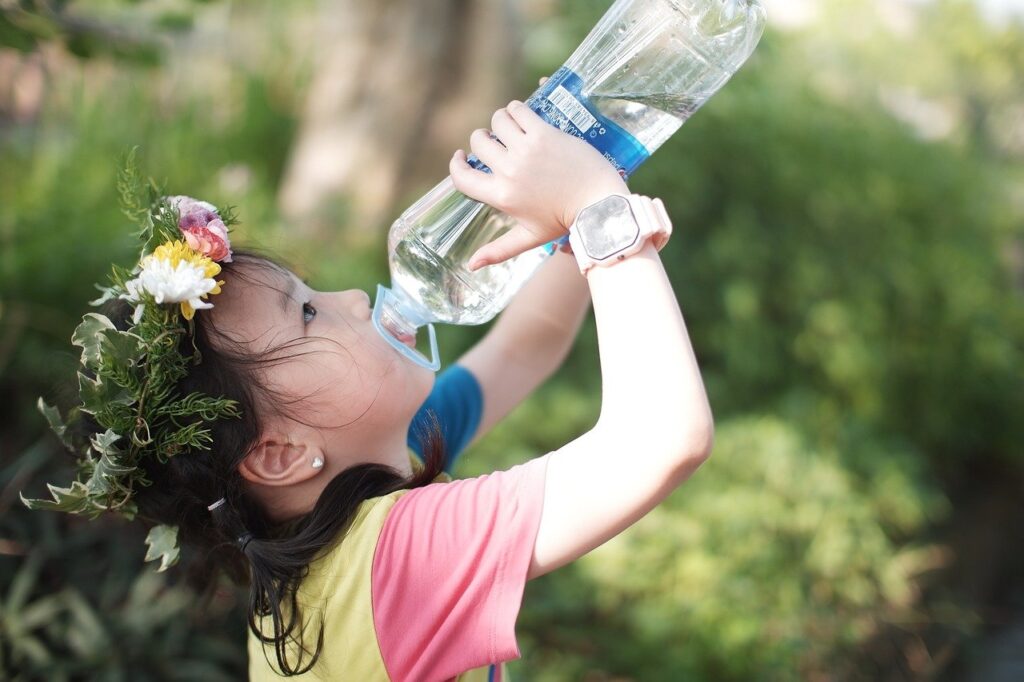
At first blush, it sort of makes sense. If you’re running low on water, ration it to make it last as long as you can. However, that’s actually a bad idea. Dehydration can sneak up on you and cause all manner of grief.
A better approach is to drink what you need while also seeking other sources of water. Now, to be clear, we’re not suggesting you chug every drop of water you have available. That in itself can lead to serious issues like hyponatremia, also called water intoxication. But you want to stave off dehydration for as long as possible, so that you don’t hinder your ability to source more water and treat it for safe consumption.
Survival Myth #3 – Drink Booze to Stay Warm
When I was growing up, I remember seeing all sorts of cartoon depictions of Saint Bernard dogs roaming the frigid tundra, carrying a miniature keg of booze on their collar. They’d find some wayward soul who was lost in the blizzard and warm them up fast with a shot or two of whiskey.
While drinking alcohol, particularly the hard stuff, might give a feeling of warmth, it’s a false sense of heat. What’s happening is the blood vessels leading to the extremities become dilated. The increased blood flow is what makes you feel warm.
The thing is, that blood is coming from somewhere. As it flows from the torso to the limbs, the end result is a lowered body core temperature. Not to mention that alcohol consumption isn’t exactly known for increasing the ability to make effective decisions.
Survival Myth #4 – Boil Water for Several Minutes Before Drinking
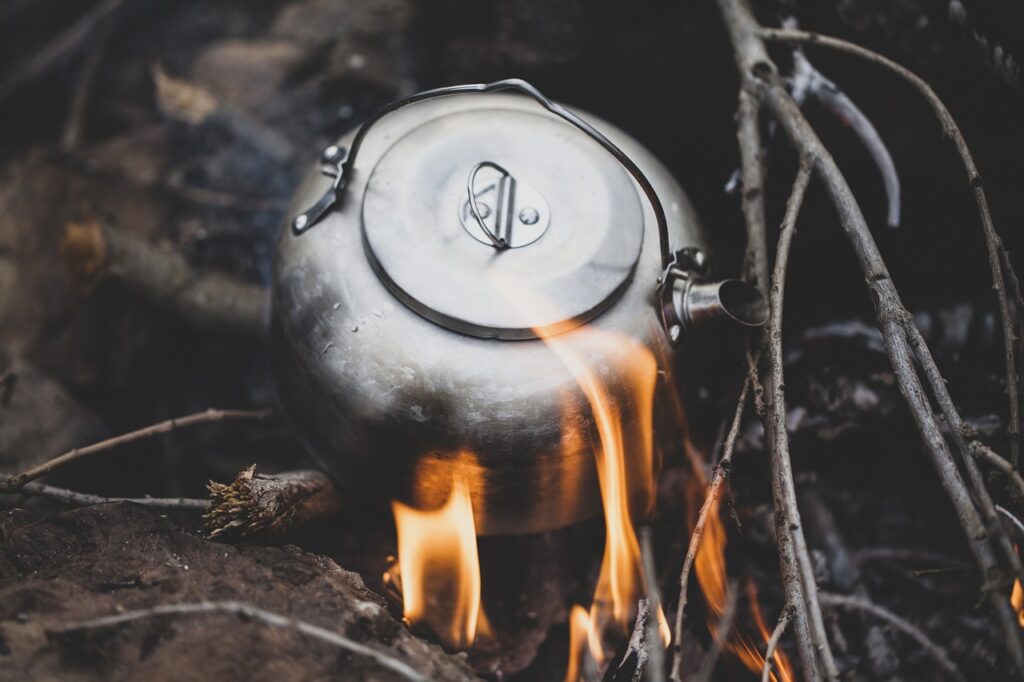
I’ll admit, this one isn’t precisely incorrect. It’s just a potential waste of resources.
In several preparedness classes, I’ve asked attendees how long questionable water must be boiled before it is safe to drink. Answers have ranged from 5 minutes to 20 minutes. Here’s the reality check. Waterborne pathogens are killed in less than one minute at 158°F.
At sea level, water boils at 212°F. This means that those pathogens will have been at or above 158°F for at least a few minutes by the time the water hits a rolling boil. While the boiling point of water changes with elevation, unless you’re summitting Mt. Everest it probably won’t be an issue for you.
By the way, while boiling will take care of biological risks, it doesn’t do anything to help against heavy metals, chemicals, and similar pollutants. You’ll still need to filter those out, if they’re potentially present in the water you’ve sourced.
Survival Myth #5 – If Birds or Critters Eat It, So Can You
It seems to be a somewhat common misconception that if Mother Nature’s denizens are feasting on a given berry or whatever, you can safely gobble them up as well. What these folks seem to forget is that we’re not built the same as those animals and our digestive systems don’t work like theirs.
I mean, we routinely eat several things that are dangerous to animals. For example, grapes can cause kidney failure in dogs. Onions are also toxic to them, while we scarf down onion rings by the fistful.
In that same manner, there are many things dogs and other animals consume that would cause us serious health issues. A better solution is to learn how to identify several local plants that are safe to eat.
Read the full article here

